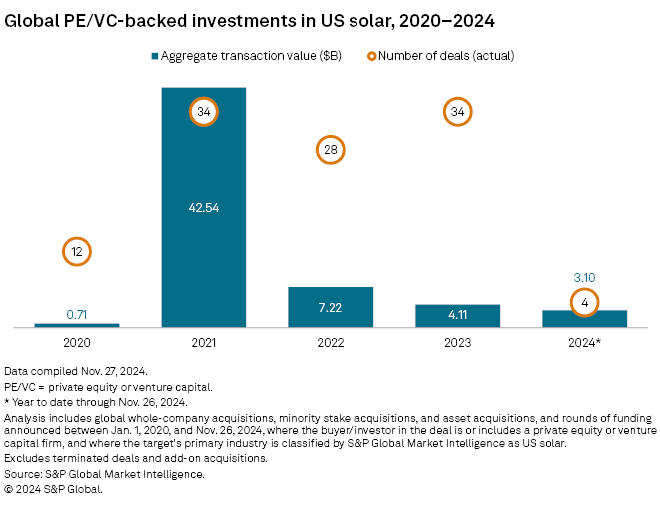Is Real Estate Illiquid? The Strategy that Turns it Into a Publicly Listed Security
| By Romina López | 0 Comentarios

In today’s investment landscape, alternative assets have become a compelling portfolio and risk diversification strategy. Real estate has proven to be an attractive option within this category due to its ability to generate recurring income and preserve value over time. However, liquidity has historically been one of its limitations. This is where asset securitization plays a crucial role, allowing real estate to be converted into tradable securities accessible to a broader base of investors.
Real estate securitization generally involves creating a special purpose vehicle (SPV), a legal entity that isolates and manages properties. This SPV issues securities backed by the property’s income flows, such as bonds or notes, which institutional investors can acquire in capital markets. For asset managers, this mechanism improves portfolio liquidity, optimizes capital allocation, and enables structuring attractive financial products for different investor profiles.
Real estate securitization can take many forms; among the main ones are:
- Residential Mortgage-Backed Securities (RMBS): These are securities backed by pools of residential mortgages. Banks or financial institutions typically originate mortgages and then sold to an SPV. The SPV bundles the mortgages and issues securities backed by the underlying loans.
- Commercial Mortgage-Backed Securities (CMBS): These securities are backed by pools of commercial real estate mortgages. Commercial property owners, such as office buildings, shopping centers, or industrial properties, take out the loans. The SPV pools these loans and issues securities backed by the underlying mortgages.
- Real Estate Investment Trusts (REITs): These investment vehicles own and operate income-generating real estate assets. REITs allow investors to gain exposure to real estate without directly owning the underlying properties. REITs must distribute at least 90% of their taxable income to shareholders as dividends, making them attractive for investors seeking regular income.
Securitized real estate assets offer multiple advantages for asset managers and their clients, including:
- Diversification: Exposure to a broad spectrum of real estate assets across various regions and sectors.
- Professional Management: Assets are managed by experienced real estate and finance specialists.
- Optimized Returns: Securitized real estate can offer an attractive return profile compared to traditional investments.
However, securitized real estate assets also carry certain risks, including:
- Market Risk: The value of securitized instruments may fluctuate based on real estate market conditions.
- Credit Risk: The underlying assets may fail to meet payment obligations, affecting the instrument’s profitability.
- Liquidity Risk: Changes in market conditions may impact the ease of buying or selling these securities at fair prices.
Success story: CIX Capital
CIX Capital is a firm specializing in real estate investments in Brazil and the U.S., focusing on structuring and managing tailored strategies for institutional investors, asset managers, and family offices. With over R$7.3 billion in transactions, CIX sought an efficient investment vehicle to access international private banking swiftly and cost-effectively.
In this context, FlexFunds‘ solutions enabled CIX Capital to structure a customized issuer for exchange-traded products (ETPs), transforming real estate assets into tradable securities with access to international markets. Thanks to this solution, CIX has securitized over $200 million, optimizing costs and timelines compared to traditional structures in jurisdictions such as the Cayman Islands, the British Virgin Islands, and Luxembourg.
Carlos Balthazar Summ, CEO of CIX Capital, highlights: “FlexFunds’ investment vehicles are ideal for real estate. In a record time, we set up and launched our Bond (ETP), quickly accessing private banking channels via Euroclear, broadening our international capital raising ability, and successfully acquiring 358 multifamily units in Florida, USA. The simplicity in the onboarding of investors and its accompanying savings in the back-oce make FlexFunds’ your ideal partner to create internationally accredited investment structures. It is also a state-of-the-art solution that was well perceived by the private and asset management industries in Brazil and abroad.”
Key benefits achieved by CIX Capital with FlexFunds:
- Simplify the investor onboarding and underwriting process
- Reduced the administrative costs of fund management.
- Facilitate the raising of capital from international investors.
- Enable access to international private banking channels.
Real estate securitization provides asset managers an efficient tool to optimize portfolios, enhance liquidity, and attract institutional investors. However, conducting a thorough risk analysis and structuring vehicles tailored to each investment strategy is crucial.
FlexFunds serves as a strategic partner in the repackaging of real estate assets, offering accessibility and management optimization through securitization and as a bridge to multiple private banking platforms. If you are interested in securitizing your real estate investment fund, contact the experts from FlexFunds at info@flexfunds.com.
















